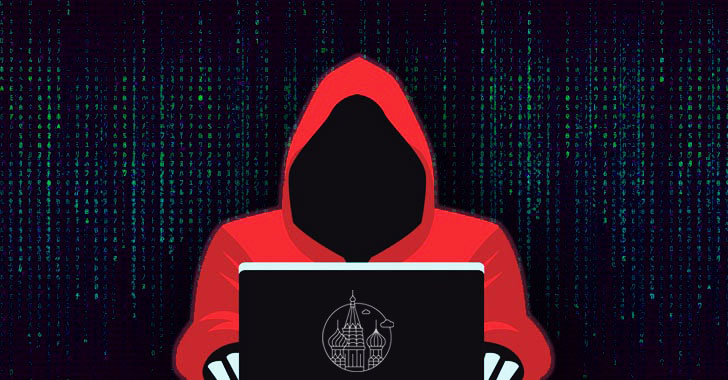[ad_1]
Microsoft on Wed disclosed that the threat movie star behind the SolarWinds supply chain hack arrived to the threat landscape to focus on government agencies, think tanks, instructors, and non-governmental organizations situated throughout 24 countries, including the You.S.
“This wave regarding attacks targeted approximately a few,000 email accounts from more than 150 different companies,” Tom Burt, Microsoft’s Corporate Vice President for Client Security and Trust, said. “At least a quarter in the targeted organizations were associated with international development, humanitarian, and even human rights work.”
Microsoft attributed the intrusions towards the Russian threat actor that tracks as Nobelium, and the wider cybersecurity local community under the monikers APT29, UNC2452 (FireEye), SolarStorm (Unit 42), StellarParticle (Crowdstrike), and Darker Halo (Volexity).
The newest wave in a series of infiltrations is said to have begun about Jan. 28, 2021, in advance of reaching a new level of escalation on May 25. The strikes leveraged a legitimate mass-mailing support called Constant Contact in order to conceal its malicious task and masquerade as USAID, a U.S.-based development organization, for a wide-scale phishing campaign that dispersed phishing emails to a selection of organizations and industry tendu.
“Nobelium launched this week’s attacks by gaining usage of the Constant Contact account regarding USAID,” Burt mentioned.
These seemingly authentic e-mails included a link that, as soon as clicked, delivered a harmful optical disc image record (“ICA-declass.iso”) to utilize a custom Cobalt Hit Beacon implant dubbed NativeZone (“Documents.dll”). The backdoor, as observed in previous accidents, comes equipped with capabilities to maintain chronic access, conduct lateral mobility, exfiltrate data, and deploy additional malware.
In a further variation of the targeted strikes detected before April, Nobelium experimented with profiling the target unit after the email recipient manifested itself the link. In the event the underlying main system turned out to be iOS, the patient was redirected to a 2nd remote server to mail an exploit for the after that zero-day CVE-2021-1879. Apple dealt with the flaw on Walk 26, acknowledging that “this issue may have been actively taken advantage of.”
Cybersecurity firm Volexity, which usually corroborated the findings, mentioned the campaign singled out non-governmental organizations (NGOs), research corporations, government entities, and foreign agencies situated in the You.S. and Europe.
The latest attacks add to proof of the threat actor’s continual pattern of using unique infrastructure and even tooling for each target, and thus giving the attackers an advanced00 of stealth and allowing them to remain undetected for longer periods of time.
The ever-evolving characteristics of Nobelium’s tradecraft is usually likely to be a direct response to typically the highly publicized SolarWinds episode, suggesting the attackers may possibly further continue to experiment with his or her methods to meet their aims.
“When coupled with the harm on SolarWinds, it’s very clear that part of Nobelium’s playbook is to gain access to trusted systems providers and infect clients,” Burt said. “By piggybacking on software revisions and now mass email suppliers, Nobelium increases the chances of equity damage in espionage surgical procedures and undermines trust in typically the technology ecosystem.”
[ad_2]
Source link





